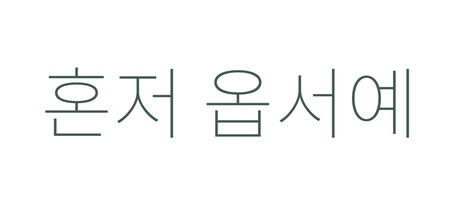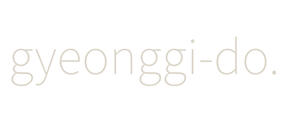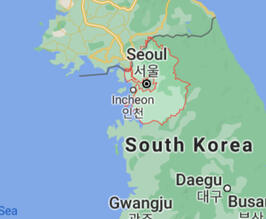exploring the differences in south korean dialects :
jeju island and mainland south korea

the jeju dialect is spoken on the south korean island jeju-do, or jeju Island. due to how strikingly different it is from the other south korean dialects, it is sometimes referred to as 제주어, the jeju language.
the dialect isn’t spoken as much, so many people from jeju island either don’t speak it completely or only have elder family members who are fluent in it. in 2014, it was recorded that 5,000-10,000 people speak the dialect fluently.

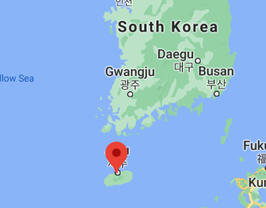
the first person speaks in a jeju accent, the second in a gyeonggi one.
| korean | dialect | romanization | english |
|---|---|---|---|
| 어서 오십시오 | gyeonggi | eoseo osipsio | welcome to |
| 혼저 옵서예 | jeju | honjeo opseoye | welcome to |
| 와서 보고 가세요 | gyeonggi | waseo bogo gaseyo | please come and have a look |
| 왕 봥 갑서 | jeju | wang bwang gapseo | please come and have a look |
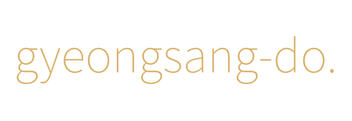
the gyeongsang dialects are dialects of the yongnam region and are made up of the north gyeongsang dialect and the south gyeongsang dialect. native speakers of this language can distinguish the dialects by city. it is quite tonal, unlike the gyeonggi dialect.
13 million people speak both the north and south gyeongsang dialect combined, which compared to the 5,000 speakers is significantly bigger. this may be due to the fact that unlike jeju island, all ages speak the dialect.
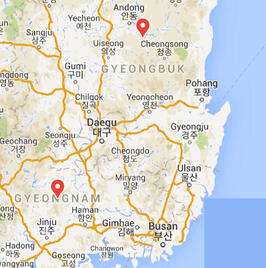
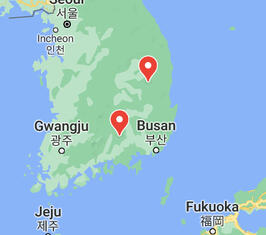
a video showing the two variations of the gyeongsang dialects.
| korean | dialect | romanization | english |
|---|---|---|---|
| 저쪽 위에 있다 | gyeonggi | jeojjok wie itda | it’s over there |
| 저짜 우에 있데이 | gyeongsang | jeojja ue itdei | it’s over there |
| 왜 안 되냐? | gyeonggi | wae an doenya? | why can’t I? |
| 와 안대노? | gyeongsang | wa andaeno? | why can’t I? |
the gyeonggi dialect is the standard korean that people learn and is the dialects news reporters speak in. you may see it referred to as the seoul dialect, which is a city in gyeonggi and the capital of south korea.
while there does not seem to be an approximation of the number of speakers in this dialect, i believe it's safe to use the amount of people living in gyeonggi province as a close enough number, which is around 13.53 million people. give or take a few people who may have moved there from surrounding provinces or are foreigners, just like gyeongsang a lot of people speak in this dialect.
While a lot of South Korean dialects have strong influences from Middle Korean, Jeju Dialect is known to have the most influence and the closest relationship to middle korean out of all of them to it. Furthermore, I believe that geography has played a huge role in the differences between the dialects. As can be seen on the map, Jeju Island is a little ways off the mainland; approximately 60 miles. I have no doubt that this has influenced the dialect due to its forced isolation, leading to less similarities and assimilations between the dialects.
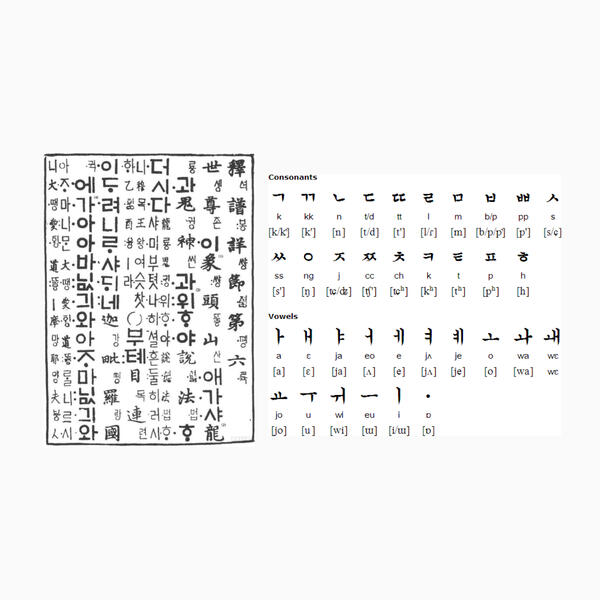
middle korean and the jeju alphabet.
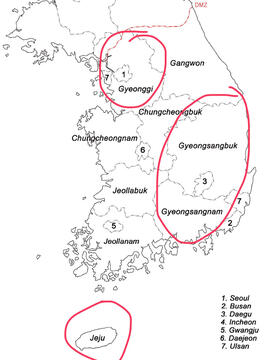
not to mention the fact that historically, the Mongols conquered Jeju Island for 100 years, “intermarrying with the inhabitants” (“Jeju Island”). A century on an island with different language speakers must have an influence on it that mainland Korea did not get, so that could also give to reason to the stark differences between the dialects. Moreover, from 1629 to 1825, Jeju Island inhabitants were unable to leave the island under the Joseon era from losing the little autonomy it had left (“Jeju Island”). As aforementioned, linguistic isolation for such a long period of time further creates differences.
